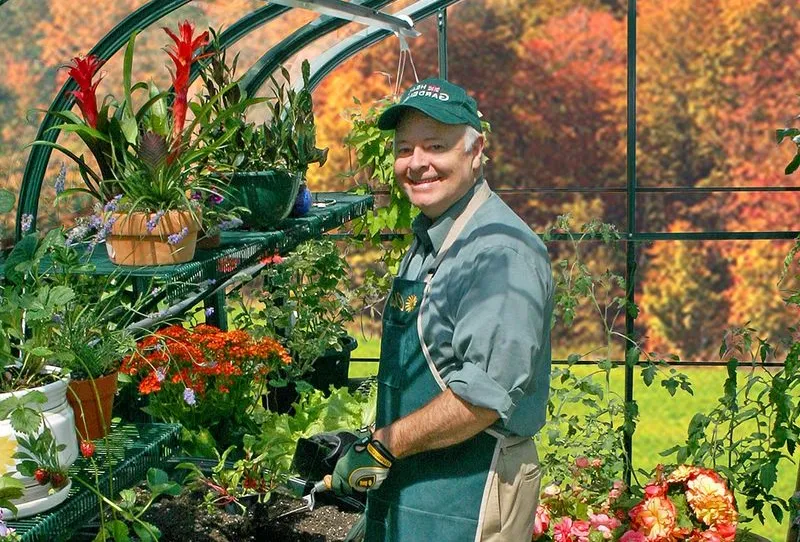How to Grow Orchids in a Greenhouse?
Thinking about cultivating an orchid greenhouse this summer? Whether you’re a seasoned pro or just starting your greenhouse gardening journey, creating the ideal environment is key to these exotic beauties’ success.
Get expert tips on setting up the perfect orchid greenhouse, from environmental controls to proper potting and care routines—Shop Charley’s Greenhouse & Garden to find everything you need for a blossoming, colorful orchid display.
Understanding Orchids
Orchids are one of the largest and most diverse families of flowering plants, boasting over 28,000 species and 100,000 hybrids. While their dazzling blooms and intriguing shapes captivate gardeners worldwide, orchids have unique growth requirements that differ from typical houseplants.
Some orchid varieties suitable for greenhouse cultivation include Phalaenopsis (Moth Orchids), Cymbidiums, Cattleyas, Laelias, and Paphiopedilums (Slipper Orchids). Understanding their basic biology and environmental needs is crucial for successful greenhouse orchid growing.
Setting Up the Greenhouse
When setting up your greenhouse, creating the perfect growing environment is key to unlocking the full potential of these incredible plants. Some critical factors include:
-
Right location. The first step in setting up your orchid greenhouse is choosing the right location. Look for a space that receives ample sunlight throughout the day but can be shaded during the intense midday hours to prevent scorching the delicate orchid leaves and flowers.
At Charley’s Greenhouse & Garden, we offer a wide range of high-quality greenhouse options, including polycarbonate models, to suit your specific needs and local climate conditions.
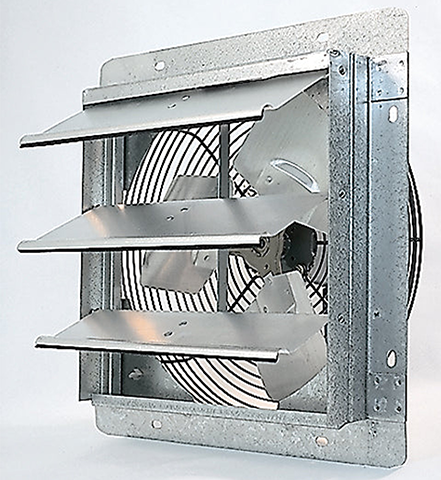
-
Ventilation system. Ensuring proper ventilation promotes healthy air circulation and prevents disease in orchids. Consider investing in a greenhouse model with roof vents, exhaust fans, or evaporative coolers from our extensive collection. These features help regulate temperature and humidity, ensuring a consistent and healthy growing environment for your orchids.
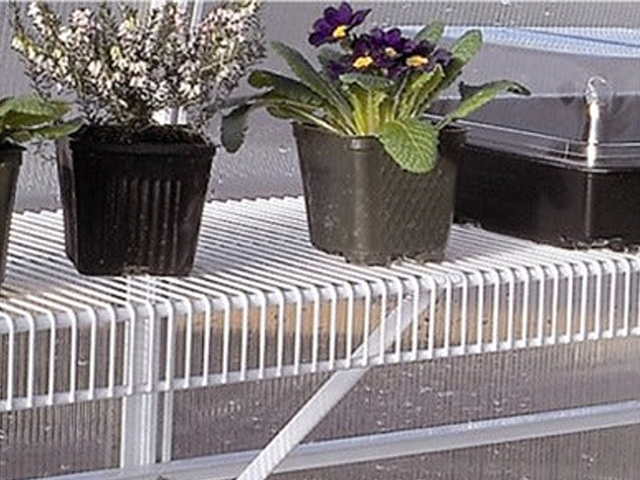
-
Shelving and hanging systems. Specialized shelving and hanging systems designed explicitly for orchids, like our adjustable wire racks and hanging pots, help maximize your growing space while allowing optimal air movement around the plants. These systems enhance organization and ensure each orchid receives adequate light and air circulation, promoting healthier growth.
Creating the Ideal Environment
With the greenhouse structure in place, you can focus on dialing in the ideal environment to encourage lush growth and vibrant blooms. Consider the following:

-
Maintaining optimal temperature. Temperature is the most critical factor in successful orchid cultivation. Most orchid varieties thrive in warm temperatures between 60°F and 80°F during the day, with a 10-15°F drop at night to trigger blooming. Invest in a quality greenhouse heater and accurate thermometer/hygrometer from Charley’s range to maintain optimal temperatures year-round.
-
Managing humidity levels. Humidity levels should be maintained between 40% and 70%, which you can achieve through misting systems, humidifiers, or by placing trays of pebbles filled with water near your orchids. Our humidifiers and specialized misting nozzles are perfect for this purpose, providing a fine, consistent mist to replicate the humid environments orchids prefer.
-
Controlling light exposure. Lighting is another crucial consideration that can make or break your orchid growing success. While most orchid varieties prefer bright, indirect sunlight, some species, like the stunning Vandas, thrive in direct sunlight exposure. Use adjustable shade cloths or install greenhouse glazing panels to control light exposure and prevent sunburn on delicate orchid leaves and petals.
-
Ensuring proper watering. Proper watering is essential for healthy orchids. Different methods like misting and drip irrigation can be used to meet the plant’s watering needs. Misting keeps the leaves and aerial roots hydrated, mimicking their natural habitat, while drip irrigation ensures the potting media remains moist without over-watering.
-
Promoting adequate air circulation. Air circulation helps prevent fungal diseases and promotes healthy growth. Good airflow helps evaporate excess moisture and ensures that plants get a fresh supply of CO2. Use oscillating fans or install vented greenhouse panels to facilitate continuous air movement, creating an environment where orchids can thrive.
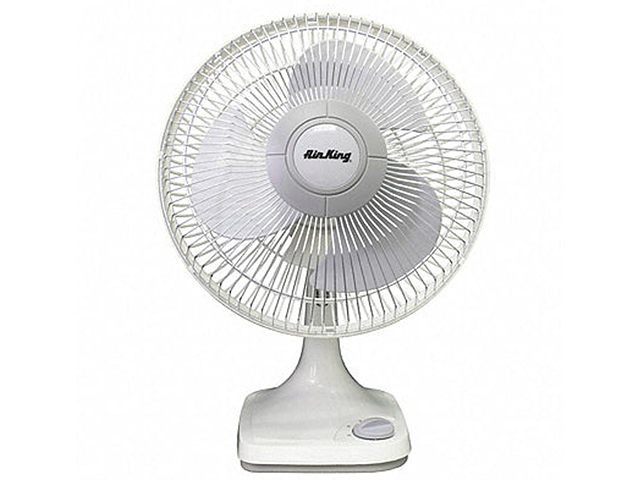
Planting and Potting Orchids
When selecting orchid species or hybrids for your greenhouse, consider their specific growth habits, mature size, and environmental requirements to ensure you can provide the ideal conditions.
Choose shallow, well-draining pots with ample drainage holes. Also, use a specialized orchid potting mix comprising moisture-retentive yet well-aerated materials like bark, perlite, and sphagnum moss.
Proper potting techniques vary among orchid types, but generally, you’ll want to place the plant in the pot and fill the space around the roots with the potting mix, packing it firmly to anchor the plant securely. Repot orchids every 2-3 years during their dormant period to refresh the potting medium and accommodate growth.
Orchid Care and Maintenance
With your orchids planted in the ideal greenhouse environment, proper ongoing care is essential to keep them thriving year after year. Here’s how to maintain them effectively:
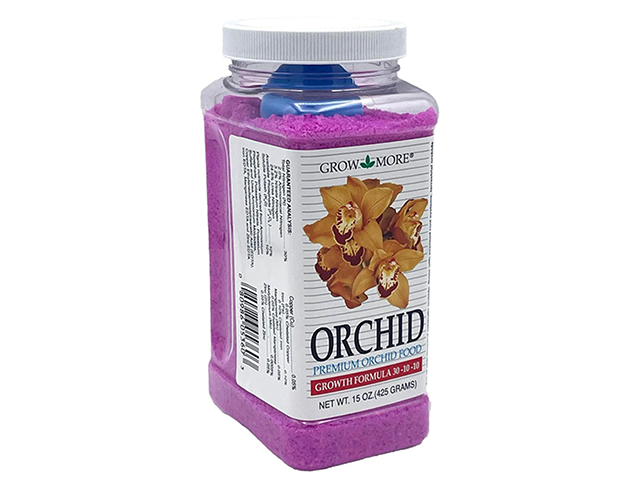
-
Regular care and fertilizing routine. Water orchids regularly, allowing the media to dry out between sessions to prevent root rot. Use a water-soluble fertilizer specifically designed for orchids. Apply fertilizer at half strength every two weeks during active growth and once a month during dormancy. Avoid fertilizing while orchids are blooming to prevent stress.
-
Pruning and training. Prune orchids after blooming to encourage fresh growth. Use sterilized tools to cut back dead or unhealthy spikes and leaves. Train orchids by guiding new growth along supports or stakes, which helps shape the plant and prevents it from becoming unruly.
-
Managing pests and diseases. Inspect orchids regularly for pests like aphids, mealybugs, and spider mites. Use organic insecticides and fungicides to treat infestations promptly. Ensure proper air circulation to prevent mold and fungal diseases, which thrive in stagnant, humid conditions.
Propagation Techniques
Orchids can be propagated through several methods, including division, backbulbs, and keikis (plantlets that form on the stems), allowing you to multiply your collection from a single parent plant. Here is how to use each method:
-
Division. This is one of the most common and effective methods of propagation. Here’s how to do it:
-
Carefully remove the orchid from its pot and gently separate the plant into smaller divisions, ensuring each has healthy roots and at least one lead or growing point.
-
Pot the divisions in fresh, sterile orchid potting mix and water them well.
-
Keep the newly propagated orchid divisions in a warm, humid environment until they establish themselves and begin putting out fresh growth.
-
-
Backbulbs. Another method to propagate orchids is by using backbulbs. This can be done by:
-
Identifying the backbulbs (old, dried pseudobulbs) on the orchid’s stem.
-
Use a sterile cutting tool to remove the backbulb from the plant, leaving a small portion of the stem attached.
-
Plant the backbulb in a fresh potting mix, ensuring the remaining stem is buried about halfway.
-
Water sparingly until fresh growth appears, then treat it like a mature orchid plant.
-
-
Keikis. The final technique involves keikis, which are natural offshoots that can be nurtured into full plants. Here’s the process:
-
Once the keiki (plantlet) has developed roots of its own, carefully remove it from the parent plant using a sterile cutting tool.
-
Plant the keiki in a small pot with fresh orchid potting mix, burying the roots but leaving the growing tip exposed.
-
Water and care for the keiki following the same practices as a mature orchid plant.
-
Seasonal Care Adjustments
As seasons change, so do orchid care requirements. Making timely adjustments to watering, light exposure, and temperatures keeps your plants thriving year-round.
-
Adjusting care routines for different seasons. In spring and summer, increase watering and feeding during the active growth phase. Provide shade during peak sunlight to prevent leaf burn and enhance ventilation to manage higher humidity. In fall and winter, reduce watering and feeding during dormancy. Maintain stable temperatures and humidity, and ensure the greenhouse is insulated during colder months.
-
Preparing orchids for dormant periods. Reduce watering and fertilizing during the orchid’s dormant phase to mimic their natural dormancy. This is essential for triggering the next blooming cycle. Keep orchids in a cooler environment to facilitate dormancy, which helps them conserve energy for the upcoming growth season.
-
Special care considerations during extreme weather. Use heaters or coolers to maintain stable temperatures during extreme weather. Increase misting or use humidifiers during dry conditions to maintain adequate humidity levels. In hot weather, additional shading may be necessary to protect orchids from excessive sunlight and prevent leaf burn.
Become a Greenhouse Orchid Pro
An orchid greenhouse allows you to control growing conditions precisely, resulting in lush, vibrant orchids year-round. Let the passionate team at Charley’s Greenhouse & Garden guide you in building your dream orchid oasis.
Browse our extensive selection of greenhouses, environmental controls, and orchid supplies today to become a cultivation master. With Charley’s Greenhouse & Garden, achieving orchid greenhouse perfection is within reach.


